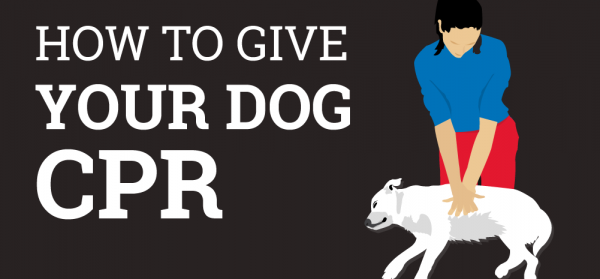
CPRNM® is a comprehensive directory designed to connect individuals and employers with top-tier training
providers including the AHA®, Red Cross®, and other training providers.*
A Few Common First-Aid Misconceptions You Should Avoid
Having basic First-Aid knowledge can make a frightening emergency situation a little easier to handle until professional help arrives. However, there are some common misconceptions that, when applied to specific injuries, can do more harm than good.
There are certainly more misunderstandings than the ones presented in this article, but this list includes some of the most common and dangerous ones.
Tourniquet to Stop Bleeding
Applying a tourniquet is not the same as applying direct pressure to stop heavy bleeding. Instead of pressing directly on the wound to coagulate the blood, the bandage is wrapped very tightly above the injury.
While this does stop the bleeding, it also cuts off blood flow to the rest of the limb and this can cause serious damage, to the extent that the limb might need to be amputated to ensure the patient’s survival. Tourniquets are relatively common in combat situations but should be avoided in most other scenarios except as a final resort.
Butter on Burns
It is unknown exactly where the idea that applying butter (or any other greasy substance, for that matter) helps to heal a burn. The reality is that butter may lead to an infection which will make the injury more difficult to treat in the long run.
Instead, cold water should be run over the burn. If that is not available, other cold liquids like milk will also work.
Hot Water for Frostbitten Limbs
Frostbite happens when skin cells are exposed to freezing temperatures long enough to freeze. In the worst cases, this can lead to skin cell death.
Many people believe that the best quick fix is to place the frostbitten area in hot water so that it can warm up quickly. However, this sudden change in temperature could actually worsen the damage. Lukewarm water should be used instead, allowing the area to rewarm gradually.
Forcing Somebody to vomit After Poisoning
Every poison is different, but the general consensus is that forcing a victim to vomit after ingesting some will probably make things worse. In some cases, the poison could in fact burn the person’s throat or block their airways.
In other cases then, it may empty the stomach enough to allow the rest of the poison to be absorbed more quickly and cause further issues.
If a poison is swallowed, the best thing to do is to immediately contact the Poison Control Center for instructions while waiting for emergency medical help.
Tip Head Back For Nosebleeds
Many people have heard that tipping the head back will help stop a nosebleed. All it does, is stopping the blood from running out of the nose and causing it to drain down the throat instead. If the bleeding is heavy enough, this could cause the patient to choke.
If the nose starts bleeding, a person should instead tip their head forward and pinch the nose closed for about ten minutes.
Since the majority of nosebleeds are caused by dry or damaged nasal membranes, pinching will work much the same way as applying direct pressure to stop a cut from bleeding.
 December 12, 2016
December 12, 2016 






